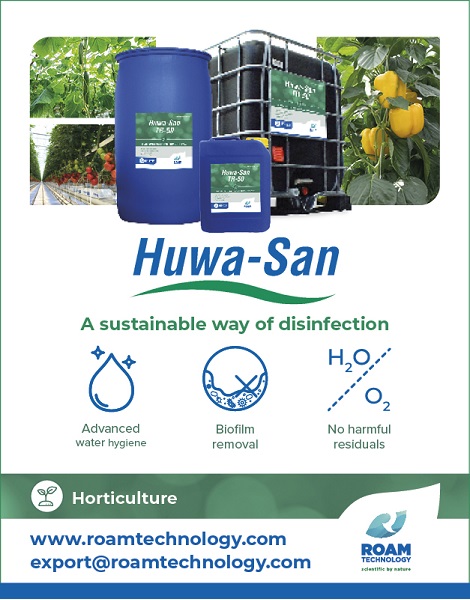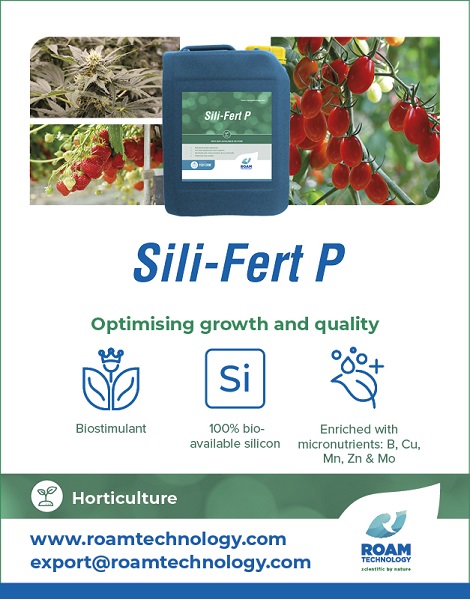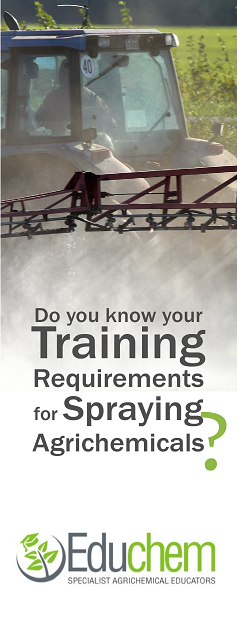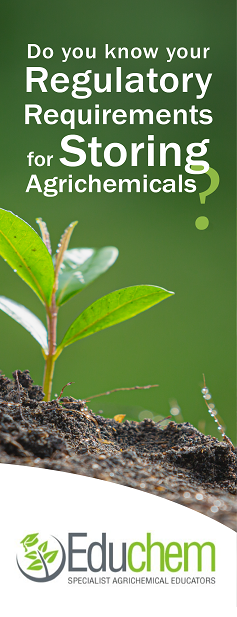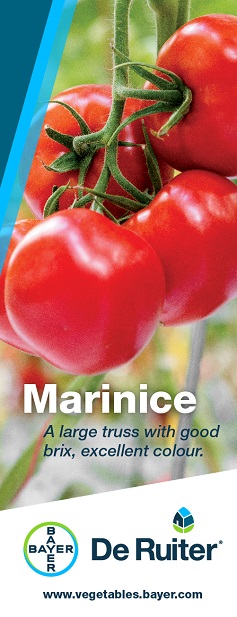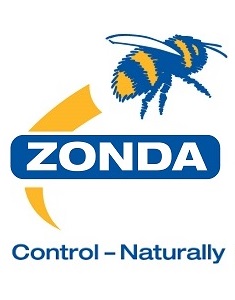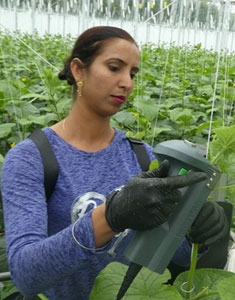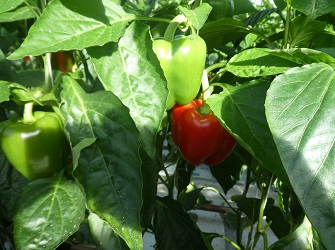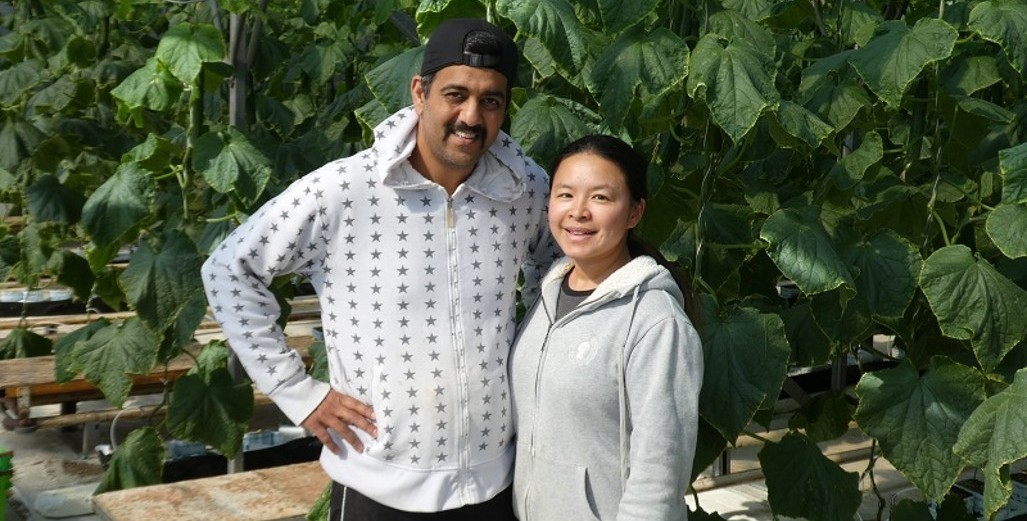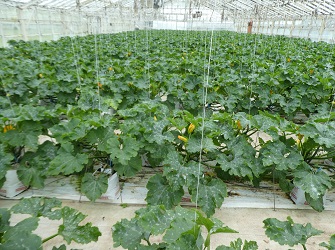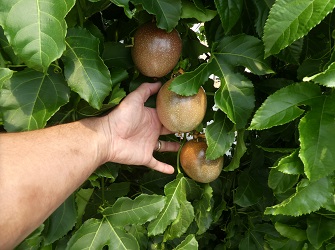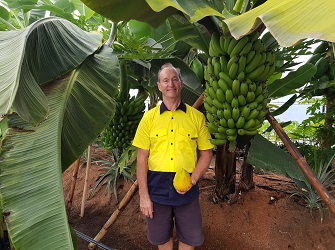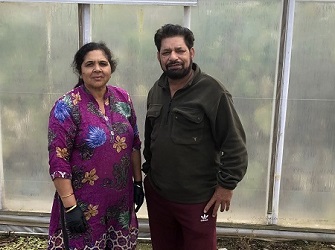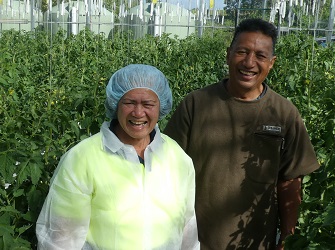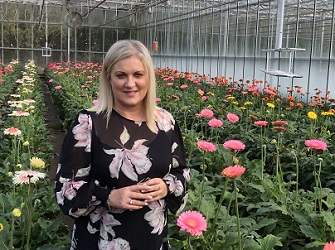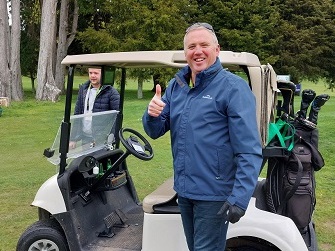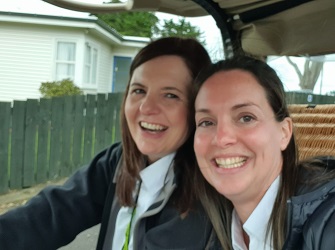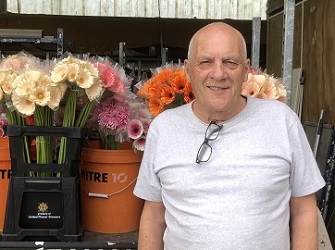Sign up here to subscribe to the Grower2grower Ezine. Every two weeks you will receive new articles, specific to the protected cropping industry, informing you of industry news and events straight to your inbox.
Nov 2022
Grower Breakfast Meeting Report
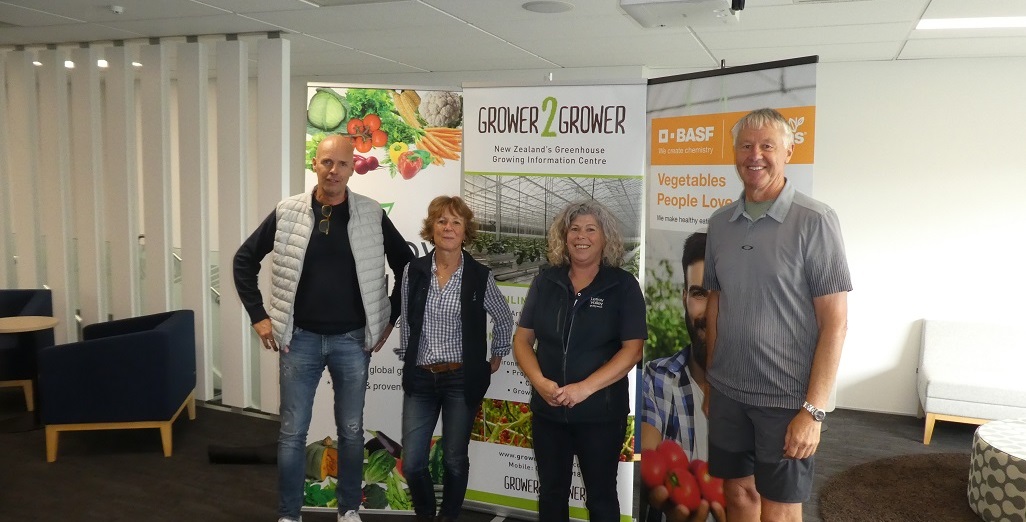
PepMV more concerning than ToBRFV
Thanks to Roelf Schreuder, NZ Gourmet and the breakfast sponsors Lefroy Valley for helping bring together last week’s meeting. Thirty-five growers/suppliers attended, in person or online, for the two-hour meeting with Dutch greenhouse experts Marc Groenewegen and Toon Oomen. The main topics discussed were energy, hygiene, and labour.
Marc is a grower and international consultant based in the Netherlands.
Hygiene
The main message was do not be complacent. Marc said we are still not strict enough with our hygiene measures. It reiterates what I have been advising, especially around the movement of people, crates, and pallets. Pepino Mosaic Virus (PepMV) is not a big issue in Europe as they have been using an inoculant/vaccine to prevent the worst effects from the different strains of the virus for two decades. Currently, Tomato Brown Rugose Fruit Virus (ToBRFV) is the nasty virus growers have in Europe and other places in the world. However, unlike PepMV seed breeders are building in resistances to their varieties for ToBRFV but there is no such programme for PepMV. Long term PepMV may be a bigger issue for New Zealand growers. If the strain mutates into something worse, then we may find ourselves in a lot of trouble if we do not have an inoculant/vaccine to fall back on. As an industry we need to think carefully about this.
Until varieties have extremely high/full resistance to ToBRFV and produce as much as current varieties, then we do not want ToBRFV in New Zealand. In France it is a destroyable virus, which means even if a grower has a variety with Intermediate Resistance to ToBRFV (which are now starting to become available) and the virus is detected in the greenhouse, that entire crop needs to be destroyed. Unless the new Intermediate varieties produce the same as standard non-resistant varieties there is no incentive for the growers to change. The French growers either take the risk on the old varieties or grow a different product.
For Countries that have different rules, and do not have to destroy crops if they have ToBRFV, then it may be worth the insurance policy of going with an Intermediate resistant variety, even if it means yield reduction, until seed companies have developed a higher level of resistance in higher producing varieties. All the seed companies present at the breakfast said their breeders/suppliers were focused on this issue and making satisfactory progress. Trials take time as crop data needs to be collected to determine the viability of each of the highly resistant ‘new’ varieties.
Energy
Energy continues to be a focus for New Zealand. In Holland Marc’s own business uses a biomass system to provide up to 80% of his greenhouse energy requirements. The burning of wood fuel also provides his tomato crops with CO2 that is captured from the burning process and basically stored in giant balloons ready to be injected into his greenhouse. Marc has approximately four days’ worth of storage so trucks must make regular deliveries to his operation.
The biggest discussion was around energy saving and the use of screens. Screens offer substantial savings, but with screens the environment changes and the growth patterns are different. Marc and Toon both said that growing with screens means you must change your growing strategy and focus on a large generative steer, especially at the beginning of the crop. One technique is to reduce irrigation to reduce vegetative growth because when using screens, the environment becomes more humid/vegetative. There are ways to expel the higher humidity, but this requires new systems and air movement. Double screens and even triple screens are used overseas.
A question was asked what we do if the night temperature is over 21 degrees with high humidity. The answer was difficult as there is not much you can do. Depending on the duration of the high temperature period. If there is a sharp increase in harvest and decrease in fruit size it is more than likely the flowering truss will become weak. If the flowering truss becomes weak, I would consider decreasing fruit numbers by pruning harder for a brief period.
Robotics/Labour:
This year, due to the war in Europe there has not been a labour shortage. However, (hopefully) when the war is over, and people move back to their homeland – availability of staff will become an issue. Marc indicated that in the future more robotics will be required in our cultivation systems. Current robotics systems, like the de-leafing robots, are still not perfect and in Marc’s opinion plants need to be twisted not clipped or the string gets in the way. However, this is still a very promising piece of equipment that has a future.
To save on labour growers could consider ‘shorter’ varieties but as Toon explained when he began growing the stems would grow five to seven meters in a season and you would harvest 25kg m2, now you have varieties that grow fourteen meters and harvest seventy plus kg per m2. So, (rule of thumb) the longer the variety the higher production potential. You either sacrifice production to save on labour or you increase your yield potential but need extra plant work/clipping or twisting.
After the meeting Marc and Toon visited FTEK and were very impressed with the RLAP (Robotic Labour Assist Platform). This is being developed to conduct multiple tasks from one single mast.
It was a privilege to host Marc and Toon – we were extremely fortunate to have this opportunity and I would like to thank them. A big thank you to Janine Grul & Paula O’Hanlon from Lefroy Valley and Roelf Schreuder of New Zealand Gourmet. A big thankyou to Peter Butler from the BNZ Pukekohe for providing the facilities and for the financial projections.
If you would like to know more about the meeting, please contact me: stefan@grower2grower.co.nz
Article written and compiled by Stefan Vogrincic
All Article’s checked and edited by Marie Vogrincic
I appreciate your comments. Please feel free to comment on the grower2grower Facebook page:
https://www.facebook.com/StefanGrower2grower/
Below Photo Gallery:

Lefroy Valley tomato display – precaustions were in place to avoid pysical contact with the produce.

Cover image from left Marc Marc Groenewegen, Janine Grul, Paula O’Hanlon and Roelf Schreuder





Marc with retired grower and advisor Toon Oomen.

CLASSIFIED
Photo
Gallery
Subscribe to our E-Zine
More
From This Category

Horticentre named as Platinum Sponsor for 2024 Grower2Grower Golf Day

Grower2Grower Golf Tournament – Secure your team entry today!
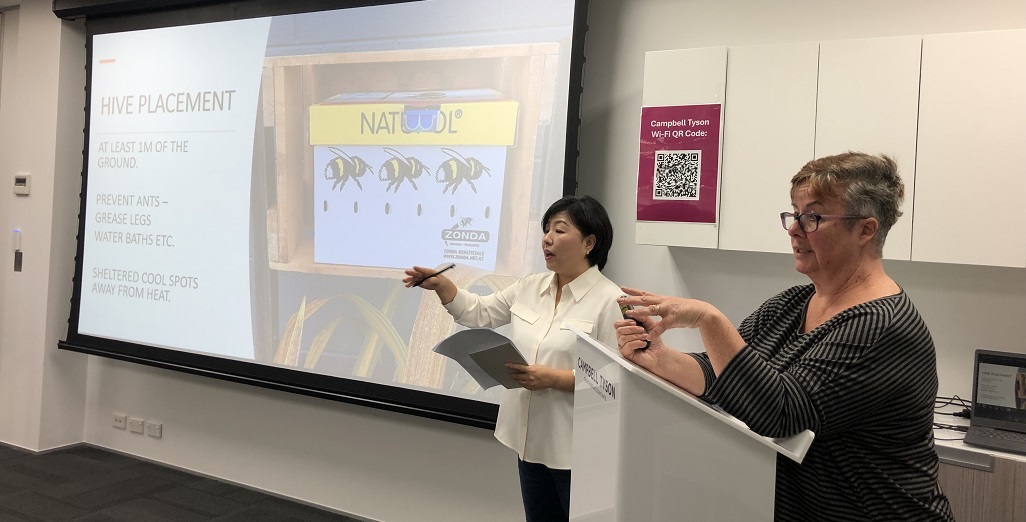
Workshop for Auckland’s Korean tomato growers held last week

TomatoesNZ invites all covered crop growers to our Mini Conference

Ticket shop now open for ASIA FRUIT LOGISTICA







